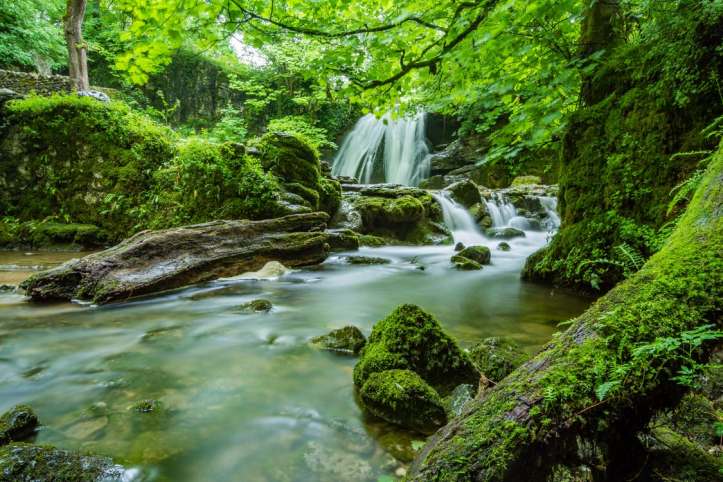
My blog is going to be quite various, I will write about different subjects I find important. This post will be about the Rain forest, I am astonished about this beautiful landscape and its positive bringing to the world and its real actual problems evolving with the climate change. In a recent study published in the journal Nature Communications reveals that scientists have significantly overestimated the amount of carbon stored in the planet’s tropical forests. This factor is one of the main factors taken into account by decision-makers because they affect mitigation agreements, such as the one recently adopted at COP21 on climate change in Paris, and the design of carbon markets.
A recent study published in the journal Nature Communications reveals that scientists have significantly overestimated the amount of carbon stored in the tropical forests of the planet. This factor is one of the main factors taken into account by decision-makers because they affect mitigation agreements, such as the one recently adopted at COP21 on climate change in Paris, and the design of carbon markets.
Deforestation is a huge source of excess carbon dioxide in the atmosphere and policymakers recognize that conserving and restoring forests is a critical tool to reduce and mitigate climate change.
Recent findings from the paper Degradation in carbon stocks near tropical forest edges are applicable to forests where trees have been felled – usually to build brooks, To obtain wood or to be used for agricultural purposes). The more intensely man uses forests, the more the forest masses are fragmented. This fragmentation results in more exposed and dry boundaries, less able to store carbon.
“This is the first predictive study of how carbon storage changes exactly with respect to the distance from forest boundaries,” explains Becky Chaplin-Kramer, lead author of the study, specialist in the Natural Capital Project (NCP) based at Stanford Woods Institute for the Environment. “These predictions can be used to report on how to manage these systems and refocus priorities on maintaining long forest areas.”
Deforestation accounts for between 12 and 15 per cent of global greenhouse gases through the annual loss of 200,000 square kilometers of forest (roughly equivalent to an area approximately the size of Cambodia ). One third of this figure corresponds to tropical forests. These emissions are calculated from carbon as a function of forest inventories that do not take into account the decrease in carbon stocks occurring in forests when they are used for other uses. If current estimates of carbon storage in tropical forests are low, then plans designed to compensate for deforestation will have to be adjusted to achieve climate stabilization objectives.
“When you take into account that there is less carbon stored at the edge of the forest, the total amount stored in tropical forests is about 10% lower than estimated,” explains Paul West, an expert at the Institute for the Environment Of the University of Minnesota (United States). “Our results underscore the impact of breaking large blocks of trees into smaller pieces. Focusing on efforts to conserve and restore forests is a win-win option for both climate and natural habitats. ”
In order to carry out the research, the authors used the knowledge gained from local studies and remote sensing of biomass data, together with land cover data, which shows that the effects on the boundaries vary considerably between forests. Wet tropical forests are more affected than their counterparts, the dry forests.
This research is derived from an earlier collaboration in Brazil that concluded the existence of a similar effect in the borders of the Carioca forests. From there, the authors extended their analysis to tropical forests around the world.